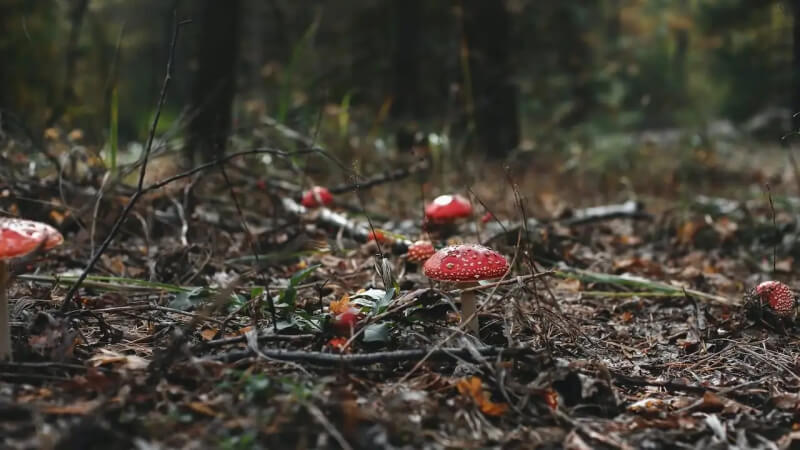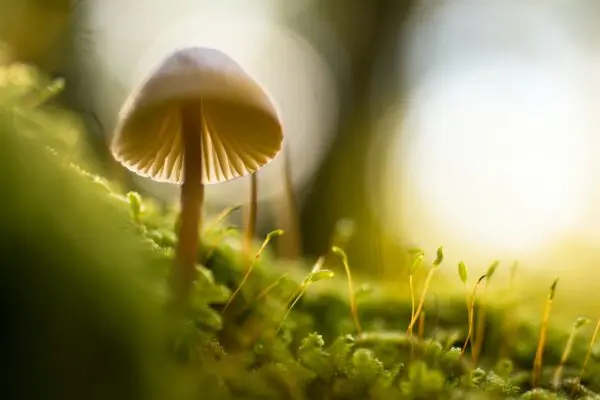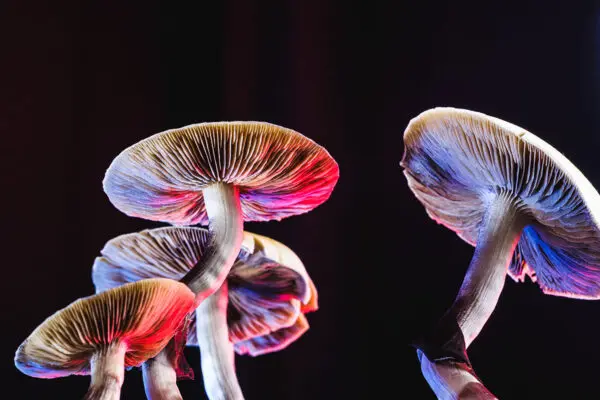Magic mushrooms, also known as hallucinogenic mushrooms, are a type of fungi that contain psychoactive compounds that can cause hallucinations and altered perceptions when ingested. These mushrooms have been used for thousands of years for medicinal and spiritual purposes in various cultures around the world. In this article, we will explore different types of magic mushrooms and their origins.
There are hundreds of species of mushrooms that produce psychoactive effects, but some are more popular than others due to their potency, availability, and cultural significance. Psilocybe cubensis, for example, is one of the most commonly cultivated and consumed species of magic mushrooms in the world, known for its moderate to strong effects and relatively easy cultivation process. Other popular species include Psilocybe semilanceata, also known as the liberty cap, which is found in the wild throughout Europe and known for its potent effects, and Psilocybe mexicana, which has a long history of use among indigenous communities in Mexico and is known for inducing spiritual experiences. While these are just a few examples, each species of magic mushroom has its own unique chemical makeup and effects, making them a fascinating and diverse subject for exploration.
Most Popular Types of Magic Shrooms
Psilocybe Cubensis
Psilocybe cubensis, also known as “Golden Teacher,” is one of the most common types of magic mushrooms. It is native to warm and humid regions of Central and South America, but it can now be found all over the world. The Golden Teacher mushroom is known for its distinctive golden cap, and it contains psilocybin and psilocin, which are the psychoactive compounds that cause hallucinations.
Psilocybe Semilanceata
Psilocybe semilanceata, also known as “Liberty Caps,” is a type of magic mushroom that is native to Europe and North America. It grows in grassy areas such as pastures and meadows and has a distinctive conical cap that is usually brown or yellow in color. Liberty Caps contain psilocybin and psilocin, and they are known for their potent psychoactive effects.
Amanita Muscaria
Amanita muscaria, also known as “Fly Agaric,” is a type of mushroom that is native to temperate regions of the Northern Hemisphere, including Europe, Asia, and North America. It is known for its distinctive red cap with white spots and its use in various cultures around the world for medicinal and spiritual purposes. Amanita muscaria contains several psychoactive compounds, including muscimol and ibotenic acid, which can cause hallucinations and altered perceptions.
Panaeolus Cyanescens
Panaeolus cyanescens, also known as “Blue Meanies,” is a type of magic mushroom that is native to tropical and subtropical regions of the world. It has a distinctive blue-green color and contains psilocybin and psilocin, which can cause intense hallucinations and altered perceptions. Blue Meanies are known for their potent psychoactive effects and are popular among experienced users.
Psilocybe Azurescens
Psilocybe azurescens, also known as “Flying Saucers,” is a type of magic mushroom that is native to the Pacific Northwest region of the United States. It has a distinctive caramel color and contains high levels of psilocybin and psilocin, making it one of the most potent types of magic mushrooms. Flying Saucers are known for their intense and long-lasting psychoactive effects and are popular among experienced users.
Conclusion
In conclusion, magic mushrooms have been used for thousands of years for medicinal and spiritual purposes in various cultures around the world. There are many different types of magic mushrooms, each with their own unique properties and origins. Whether you are a beginner or an experienced user, it is important to understand the effects of these mushrooms and to use them responsibly.









